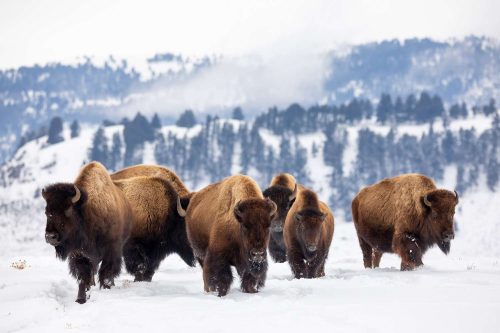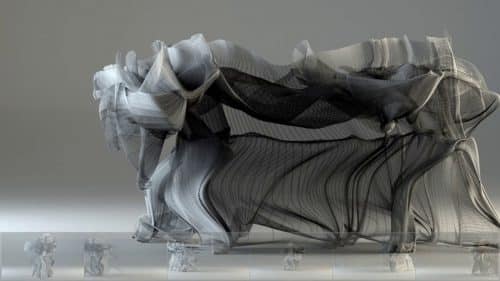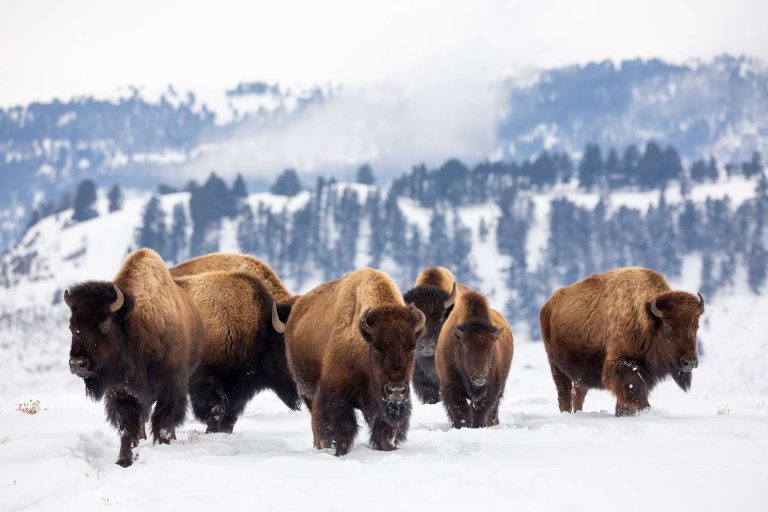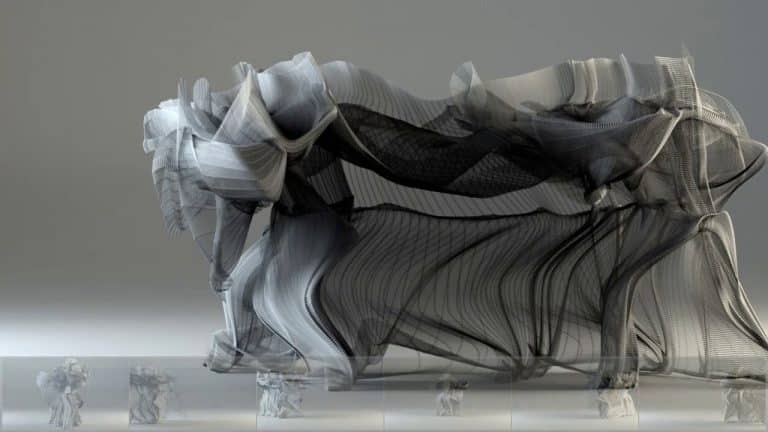Have Gravitational Waves finally been detected by LIGO? Physicists Umberto Cannella and Daniel Whiteson explain what they are and why they’ll cause a big ripple in our understanding of the Universe.
Transcript:
What is a gravitational wave? It’s a ripple in the fabric of space and time. Imagine that space is a giant sheet of rubber: things that have a mass cause that rubber sheet to bend, like a bowling ball on a trampoline. The more mass, the more that space gets bent and distorted by gravity.
For example, the earth goes around the sun because the sun is very massive, causing a big distortion of the space around it. If you just try to move in a straight line around such a big distortion, you will find yourself actually moving in a circle. That’s how orbits work: there’s not an actual force pulling the planets around, just a bending of the space. Gravitational waves are produced whenever masses accelerate, changing the distortion of space.
Everything with mass and/or energy can make gravitational waves. If you and I started to dance around each other, we would also cause ripples in the fabric of space and time. But these would be extremely small. Practically undetectable.
Now gravity is very weak in the scale of the other forces in the Universe, so you need something really, really massive moving very, very fast to make the big ripples that we can detect. How would you observe a ripple in space?
If the space between you and me stretched or compressed, we wouldn’t notice it if we had made marks on our metaphorical rubber sheet, for example, using equally spaced rocks because these marks would also get stretched further apart. But there is one ruler that doesn’t get stretched, one made using the speed of light.
If the space between two points gets stretched, then the light will take longer to go from one point to another. And if space gets squeezed, light takes less time to cross the two points.
This is where the LIGO experiment comes in. It has 4 kilometer long tunnels and uses lasers to measure the changes in the distance between the ends of the tunnels. When a gravitational wave comes through, it stretches space in one direction and squeezes space in the other direction. By measuring the lasers’ interference as they bounce between the different points, physicists can measure very precisely whether the space in between has stretched or compressed. And the precision needed is incredible.
To detect a gravitational wave, you need to be able to tell when something changes in length by a few parts in 10 to 23. It’s like being able to tell that a stick one sextillion meters long has shrunk by 5mm. The effect of a Gravitational Wave is so minuscule and easily confused with random noise you need a smart data analysis technique. Scientists hope to identify the patterns of gravitational waves by comparing the wiggles they measure in the experiment to the wiggles they expect from Gravitational Waves. That’s like trying to identify a song being hummed at a noisy party. A very, very noisy party.
Imagine that your whole life, you had been deaf until one day your hearing was restored. You’d be able to explore the Universe in this whole new way. That’s why detecting gravitational waves is so significant. It’s a completely new way of studying the Universe. Anytime there’s a new way to observe the Universe, we discover things that we didn’t expect. It’s really about looking for new things that we didn’t know existed, examining the extreme edges of our knowledge of physics, and testing our theories about how the Universe works.











